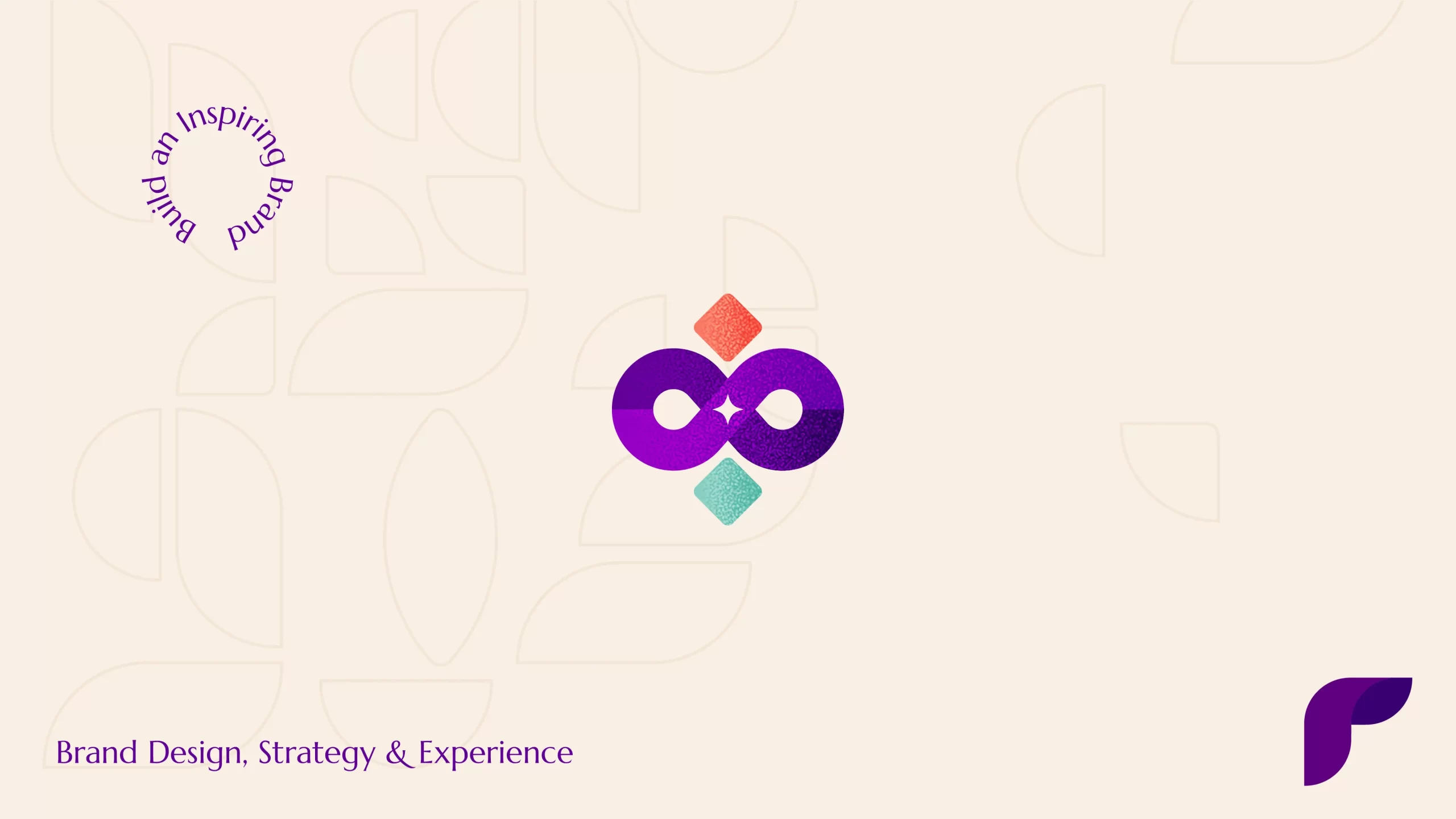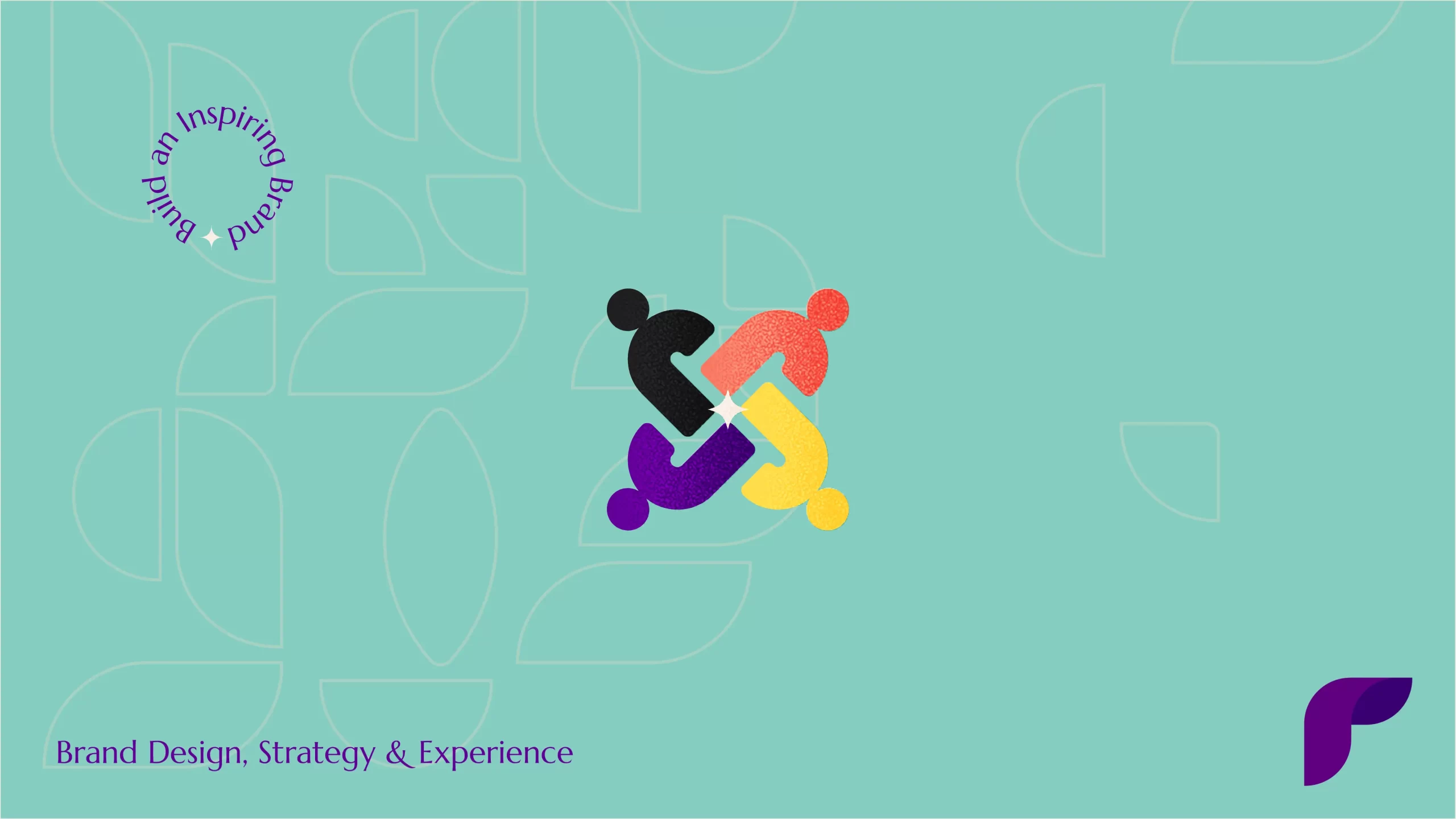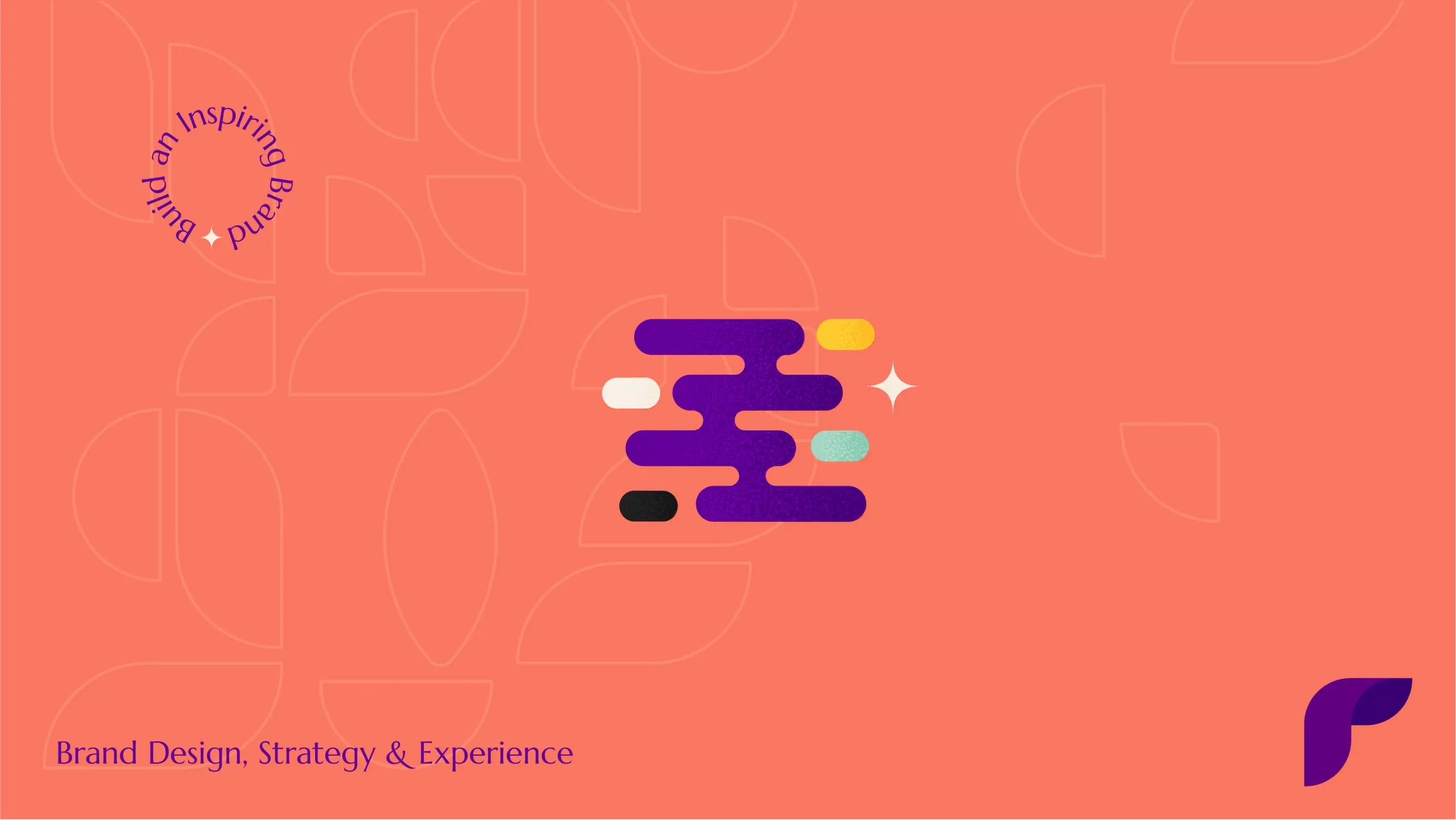Artificial Intelligence (AI) has become so prominent that you can no longer ignore it. It has a transformative force in various industries and job roles, including web design. In terms of online experiences, the role AI in web design helps in understanding user behavior, predicting preferences, and delivering personalized content.
Personalization has emerged as a key factor in captivating and retaining online audiences. As users are more exposed to digital content, AI-driven personalization ensures that each interaction is tailored to individual preferences, creating a more engaging and satisfying experience.
Read on to learn how your business can ensure AI-driven personalization to grab people’s eyeballs and retain them.
In this article, you will read about
The evolution of AI in web design
AI applications in web development have evolved significantly, ranging from chatbots and recommendation engines to advanced algorithms that analyze user behavior. These applications enable websites to dynamically adapt, providing a personalized and responsive user experience.
In 2024, AI-driven personalization extends beyond basic recommendations. Websites now leverage AI algorithms to understand user intent, predict future actions, and create a seamless and intuitive user journey. This evolution marks a paradigm shift in how websites engage with their audiences.
How AI enhances user experiences
AI algorithms analyze user preferences, browsing history, and interactions to deliver highly relevant content recommendations. Whether suggesting articles, products, or multimedia, personalized recommendations enhance user engagement and keep visitors invested in the website.
AI enables dynamic user interfaces that adapt in real-time based on user behavior. From adjusting layout and color schemes to customizing navigation options, websites can create a unique interface for each user, optimizing their experience and journey through the site.
By analyzing historical data and user patterns, AI predicts the user’s journey and optimizes the website accordingly. This proactive approach ensures that users find what they are looking for quickly, leading to increased satisfaction and conversion rates.
Implementing AI-driven personalization
Various tools and platforms facilitate the integration of AI into web design. Content management systems like WordPress offer plugins like If-so, OptiMonk, that leverage AI for personalized recommendations, while platforms like Adobe Sensei provide comprehensive AI solutions for web development.
Websites like Netflix and Amazon exemplify successful AI-driven personalization. These platforms not only recommend content based on viewing history but also dynamically adjust their interfaces to optimize the user experience continually.
To effectively implement AI-driven personalization, websites must prioritize data privacy, employ robust AI algorithms, and regularly update their systems. Additionally, user feedback and preferences should be continuously analyzed to refine and enhance the personalization process.
Also read: Visual merchandising in e-commerce websites to enhance online brand experiences
The ethical considerations
While personalization is advantageous, it must be balanced with user privacy. Websites should implement transparent data collection policies, allowing users to control the extent of personalization and providing clear opt-in and opt-out mechanisms.
Transparency in AI algorithms is crucial to building trust with users. Websites should openly communicate how AI is used for personalization. This ensures that your users understand the process and feel confident in the security of their data.
AI algorithms are not immune to biases, and websites must actively work to identify and eliminate them. Regular audits, diverse data sets, and ethical AI practices are essential to minimizing biases and ensuring fair and inclusive personalization.
What can we expect in the future?
The future of AI-driven personalization holds promise with emerging technologies such as natural language processing (NLP), emotion recognition, and immersive experiences. These technologies will further refine user interactions and create more personalized and emotionally resonant online experiences.
Looking ahead, this approach is expected to become even more sophisticated, understanding user preferences on a deeper level. Predictive analytics, real-time personalization, and the integration of AI with augmented reality (AR) are likely to be key trends shaping the future of web design.
But the key here is to use AI and personalize your content without the audience finding out. Obvious AI integration makes your audience feel like you don’t care enough about them to manually intervene.
And too much personalization wouldn’t make them feel like they are your most important customers – it would become the opposite if you push it too much.
Also read: Web design in 2024: A practical look at AI’s impact
Case studies
Here are a few examples of successful implementations to give you a better idea of what the picture looks like. Websites like Spotify, which curates personalized playlists based on user listening habits, and Google, which tailors search results and recommendations, are prime examples of the impact of AI-driven personalization on user engagement and satisfaction.
Another example would be the fitness app, Peloton. Peloton employs AI algorithms to analyze users’ workout history, performance metrics, and preferences. Based on this data, the platform suggests personalized exercise routines, recommends virtual classes, and even adjusts difficulty levels in real-time.

The system continuously learns from user feedback, adapting to new fitness goals and preferences. This dynamic personalization not only keeps users engaged but also fosters a sense of accomplishment and motivation, as individuals receive guidance aligned with their fitness journey.
This shows us that today’s users appreciate platforms that understand their preferences, leading to longer session durations, higher conversion rates, and brand loyalty.
Potential hiccups
There are some challenges along the way without a doubt. Minor or major hiccups such as data security concerns, algorithm biases, and the need for continuous adaptation pose hurdles in AI-driven personalization. Solutions involve robust cybersecurity measures, ethical AI development practices, and agile systems that evolve with user behavior.
Implementing comprehensive training programs for AI developers, conducting regular audits for biases, and staying informed about evolving cybersecurity threats are key strategies for overcoming obstacles and ensuring the successful implementation of AI-driven personalization.
Conclusion
From personalized recommendations to dynamic interfaces, AI enhances user engagement, satisfaction, and overall interaction with online content. As technology continues to advance, the exploration of AI technologies in web design should be encouraged more and more.
By staying abreast of emerging trends, adhering to ethical considerations, and prioritizing user privacy, the web design community can further leverage the potential of AI-driven personalization. Not just to showcase their brands as experts or as being ahead in their industries. It all comes down to using innovative new ways for the benefit of users worldwide.




